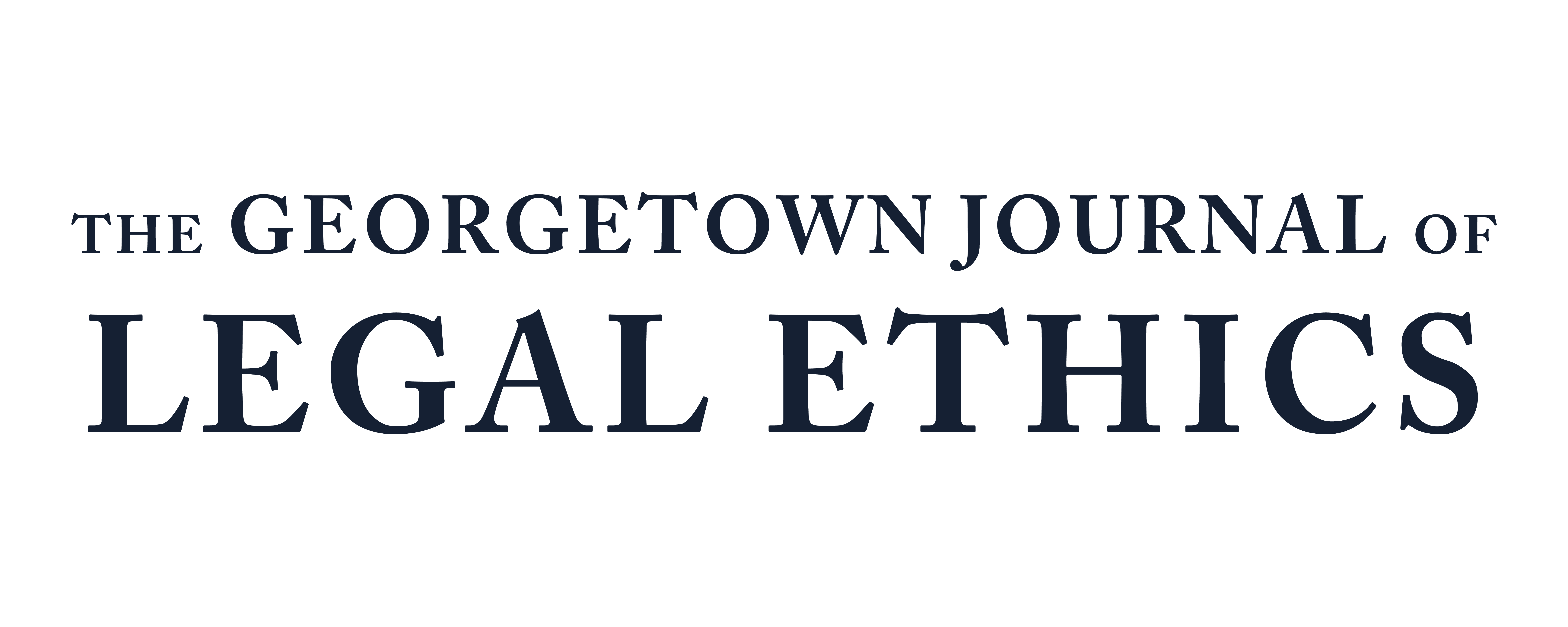Drawing a Portrait of Confidence: One Resolution to Legitimate Voter Concerns in the Shadow of Illegitimate Violence
Shortly after being declared the loser of the 2020 Presidential election, Donald Trump submitted a series of challenges to the certification of votes and transition of power. Litigators either representing Trump or closely connected with him alleged that the loss was attributable to election fraud. In support of the fraud narrative, political allies drew in part upon statements by computer science and election security experts that election technology security has been fraught for decades. The legal challenges those claims supported have universally failed and at least some lawyers fling them have begun to face disciplinary proceedings, financial consequences, or both.
Many of the lawyers involved in the Trump-election litigation presented outright lies, both to the public and to the courts. And it is at least in part because of the bald-faced nature of the lies made in court that they are subject to disciplinary authorities6 But attorneys are not always required to be truth-tellers. And in some instances, their ethical obligations may even require them to misrepresent their client’s circumstances. In the Trump election cases, however, lawyers’ lies undermined confidence in the democratic process and threatened a unique harm to the function of our government. Such harm may not be easily reversed. The virtue in preventing the use of a democratic society’s legal system to undermine the function of its own government should be apparent.
In conjunction with the election litigation, Trump and his supporters ran a series of attacks on the electoral process that were fueled by and demonstrative of a lack of faith in the democratic process. As poll workers counted votes in the days following the election, the loser’s supporters appeared outside the facilities demanding access and a stop to balloting tabulation. When an election vendor employee was spotted working with a voting machine, Trump’s supporters threatened him. Four days after election day, Joe Biden was declared the winner. Trump claimed the election was fraudulent. At least one lawyer with access to President Trump had proposed that the Vice President Mike Pence decline to certify the election. Trump’s followers came to Washington, D.C. on the day of the official certification of the electoral vote and stormed the Capitol while legislators met to certify the vote. Only after the building was cleared did Congress conclude its duties and certify the election.
In short, claims of faulty voting technology contributed directly to challenges to the legitimacy of the election, both in the Trump-election litigation and the streets. Those claims—and the legal challenges they inspired—are enmeshed in a lack of confidence in democracy. By issuing a claim that voting technology insecurity undermines the accuracy or legitimacy of election results, the speaker indicates a lack of their own confidence in the function of the democratic process. That claim might then further reduce the broader public’s confidence in the process.
Unfortunately, there are several significant problems with extant voting systems that can similarly be used deplete confidence in democracy. Components of election technology are known to be vulnerable to attack by hostile actors. Weaponizing, sensationalizing, overstating, or simply speculating about the significance of such instances of vulnerability can undermine confidence in the voting process.
There are also potential additional concerns to which the general public is not privy. The existence of these concerns is unclear because of contractual agreements between election jurisdictions and their technology vendors. The aforementioned contracts frequently include provisions preventing disclosure of or access to the computer code used by election technology in use throughout the country. And for many states, these provisions are likely not negotiable. This is to the benefit of technology vendors, who have a financial interest in keeping their intellectual property secured.
In addition, these agreements create an area of ambiguity in the factual landscape, which benefits would-be plaintiffs’ attorneys in future election challenges. The adversarial truth-seeking system gives attorneys strong incentive to make the most of factual ambiguity. But it is this set of incentives—when combined with reckless attorneys’ arguments, private contractors’ election agreements, and problematic technology—that will feed a crisis of confidence in democracy.
Because bad-faith actors are not subject to disciplinary action when they operate in areas of ambiguity, clarifying ambiguity is to the benefit of the democratic process. This Note proposes that Congress create binding requirements tying the certification of election technology to public inspection of that technology’s source code. Additionally, it proposes that the legislature use a similar set of requirements to quickly and finally end the use of the most problematic types of voting machines.
Part I outlines the central legislative solution proposed, the reasons for its design, and the extent of disclosure that should be required. Because the proposed solution creates a potential for far-ranging litigation, Part II discusses the desirability of a prohibition in litigation on use of evidence derived from the proposed disclosures. Part III proposes a distinct bright-line rule necessitating entire disclosure of the code run by certain types of disfavored technology with the goal of disincentivizing production and use of those systems. Part IV addresses a series of potential issues with the legislative solution proposed in the preceding three parts.
Subscribe to GJLE

